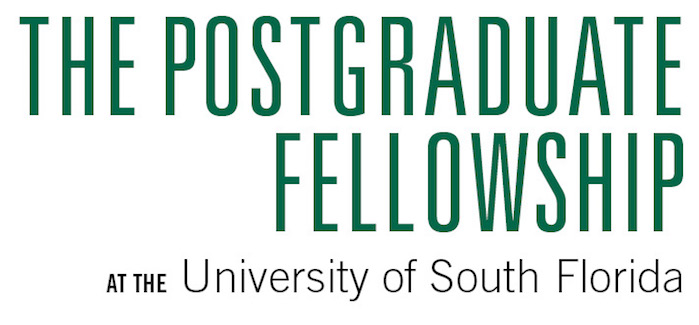LONDON (TIP): Samples from mummies in a 200-year-old crypt in Hungary have revealed that infections by multiple strains of tuberculosis (TB) gripped 18th century Europe when the disease was at its peak.
Analysis of the samples taken from the naturally mummified bodies found in the Dominican church of VAic in Hungary yielded 14 tuberculosis genomes, suggesting that mixed infections were common at that point of time.
“Microbiological analyses of samples from contemporary TB patients usually report a single strain of tuberculosis per patient,” said lead author Mark Pallen, professor at the Warwick Medical School in Britain.
“By contrast, five of the eight bodies in our study yielded more than one type of tuberculosis – remarkably from one individual we obtained evidence of three distinct strains,” he noted.
Pallen said the discovery was significant for current and future infection control and diagnosis.
The researchers also used the 18th century sequences to date the origin of the lineage of TB strains commonly found in Europe and the US to the late Roman period, suggesting that the most recent common ancestor of all TB strains occurred as recently as 6,000 years ago.
The team used a technique called “metagenomics” to identify TB DNA in the historical specimens.





Be the first to comment